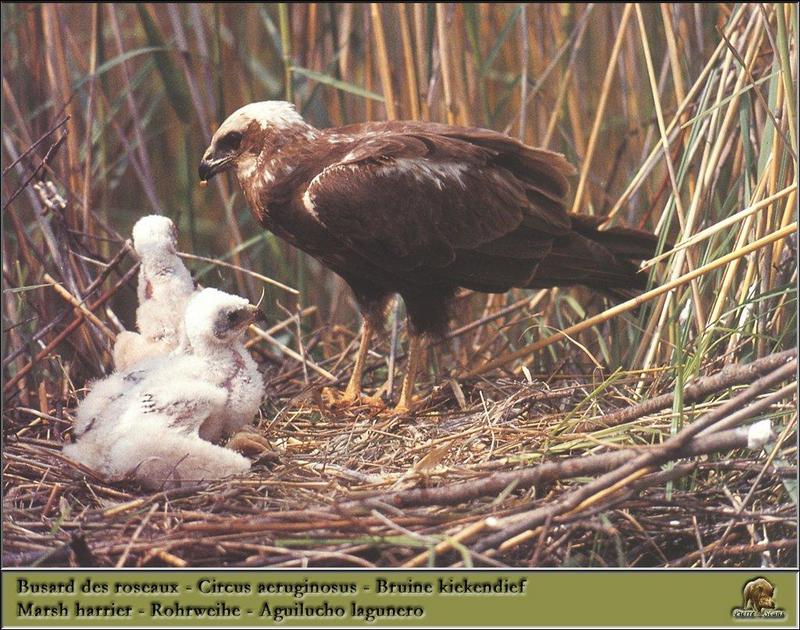|
| Query: bird | Result: 1507th of 32675 | |
Eurasian Marsh-Harrier and chicks (Circus aeruginosus) <!--개구리매-->
| Subject: | Eurasian Marsh-Harrier and chicks (Circus aeruginosus)
| |

| Resolution: 1024x807
File Size: 185995 Bytes
Upload Date: 2005:03:11 13:52:29
|
|
|